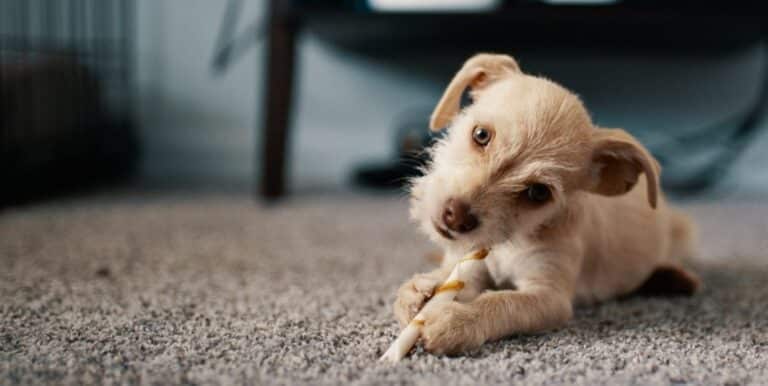How do I Choose the Best Orthopedic Dog Bed?

Dogs come in all different shapes and sizes, and the individual needs of every pet can make choosing an orthopedic dog bed harder than it first might seem. Orthopedic beds can be an expensive investment, so it’s important to consider factors such as durability, comfort, and size. Some breeds of dogs can be particularly susceptible to conditions such as arthritis and joint and muscle pain as they age, so considering the dog’s breed is just as important as finding a bed it will enjoy sleeping in.
Dog breeds like the Sussex spaniel, bloodhound, and bulldog are extremely susceptible to a joint condition called hip dysplasia; in fact, more than 70% of bulldogs will develop this condition. The right orthopedic dog bed can help alleviate pain in dogs that have already developed the condition, and introducing puppies to proper beds can help with prevention. For those with a breed prone to joint conditions, choosing an orthopedic dog bed with the correct support can provide much-needed relief of pressure on the joints when dogs are sleeping.
Active dogs such as Australian cattle dogs and shepherds can also benefit from orthopedic beds. For these tough, hardy dogs, durability is an important factor to consider when choosing an orthopedic dog bed. One that can withstand chewing and scrambling paws without ripping is a necessity. Also crucial for these hard-working dogs is a bed that is easy to clean of mud or dirt that can be tracked inside. Some orthopedic beds have covers that are easier to remove, and for long-haired, active breeds like Australian shepherds, it is vital to choose one made of a material that is also easy to vacuum.

Not all orthopedic beds are created the same. Foam cores can be ideal for areas with hot summers and cold winters, as foam will help keep the bed at a comfortable temperature. Memory foam conforms to the shape of the dog, which will result in more comfortable sleeping. Some include heating units that can be particularly useful for cold-weather dwellers.
When choosing an orthopedic dog bed for a puppy, taking into account how big the adult dog will be helps to ensure the purchase of a bed that will last more than a couple of months. Keeping an eye on the puppy’s sleeping habits can help determine the best shape for the bed, as some dogs prefer to sleep with their heads elevated or stretched out flat. Consider whether the dog prefers to sleep in the open, where it can keep an eye on what’s going on around it, or if it likes a more sheltered area and would prefer high sides on the bed.
Dogs recovering from surgery or illness can also benefit from a correctly chosen dog bed. Consulting with a veterinarian can give some ideas on what is most appropriate for the type of dog and support needed to help with a speedy recovery. Elderly dogs can also benefit from the right kind of orthopedic dog bed, and a similar shape and size to the old bed can help make the transition easier.






